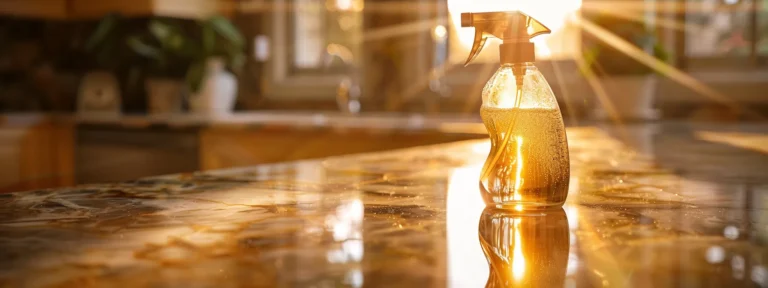To clean and maintain your home’s high-touch surfaces, identify areas like doorknobs, light switches, and kitchen counters. Use EPA-approved disinfectants or eco-friendly options to reduce germs effectively. Establish a cleaning schedule; daily for frequently used surfaces is ideal. Employ microfiber cloths and let cleaning solutions sit briefly for maximum effect. Remember to clean before disinfecting for better results. Store all cleaning supplies safely away from children and pets. Finally, staying updated on best practices can further enhance your cleaning routine and guarantee a healthier environment for your family—there’s plenty more to discover on effective strategies.
Effective Strategies for Cleaning and Maintaining High-Touch SurfacesKey Takeaways
- Identify and regularly assess high-touch surfaces such as doorknobs, light switches, and remote controls for effective cleaning.
- Choose EPA-approved disinfectants and eco-friendly options to reduce germs on surfaces safely.
- Establish a schedule focusing on daily cleaning for frequently used surfaces and specific techniques for different materials.
- Use appropriate cleaning tools like microfiber cloths and non-abrasive sponges with mild detergent or all-purpose cleaner.
- Ensure child and pet safety by storing cleaning supplies out of reach and using non-toxic, eco-friendly solutions.
Identify High-Touch Surfaces
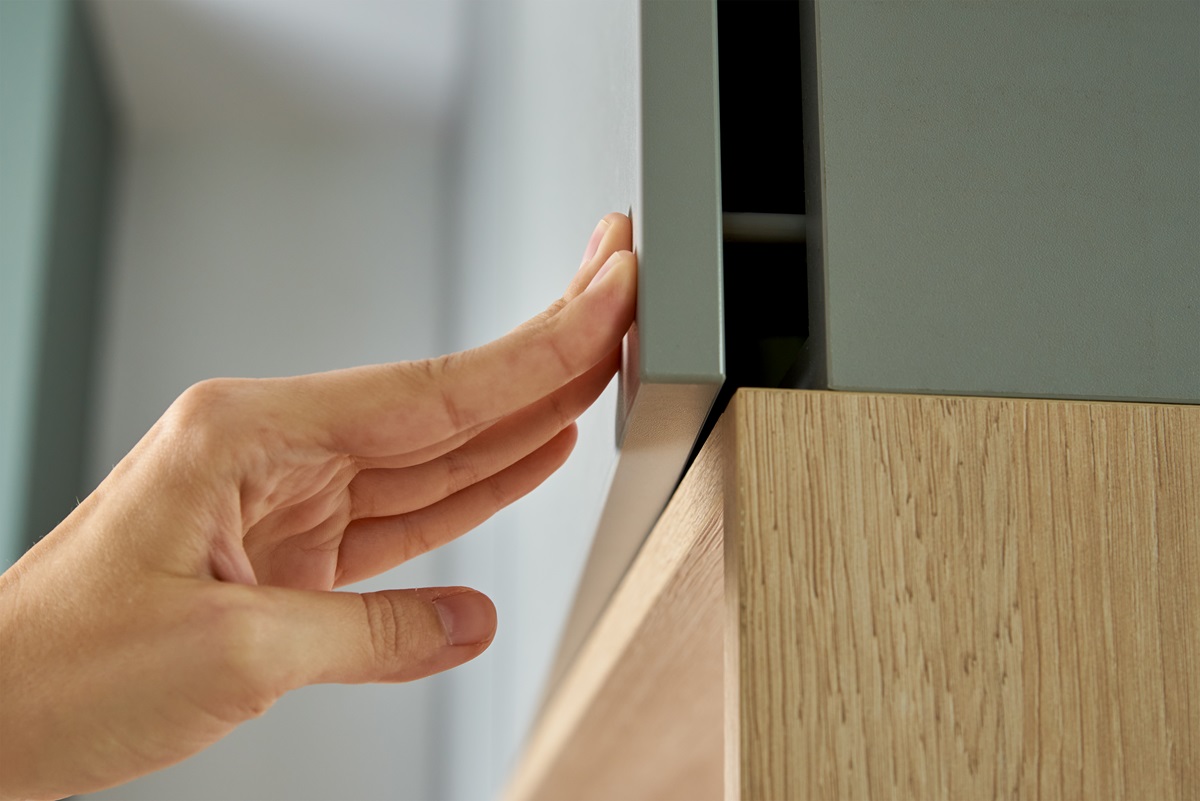
High-touch surfaces are areas people frequently come into contact with, such as doorknobs, light switches, and handrails. Identifying these surfaces in your home is essential for maintaining a healthy environment.
Kitchen counters, faucet handles, remote controls, and cell phones are typical hotspots. Pay attention to high-touch materials like stainless steel, plastic, and wood, as they can harbor germs and bacteria.
Create a checklist of these surfaces to reduce the risk of contamination effectively. Also, regularly assess your home for new high-touch areas, especially in shared spaces.
Keeping track of these surfaces guarantees you focus your cleaning efforts where needed most, ultimately enhancing your home’s hygiene and safety.
Choose the Right Cleaning Products
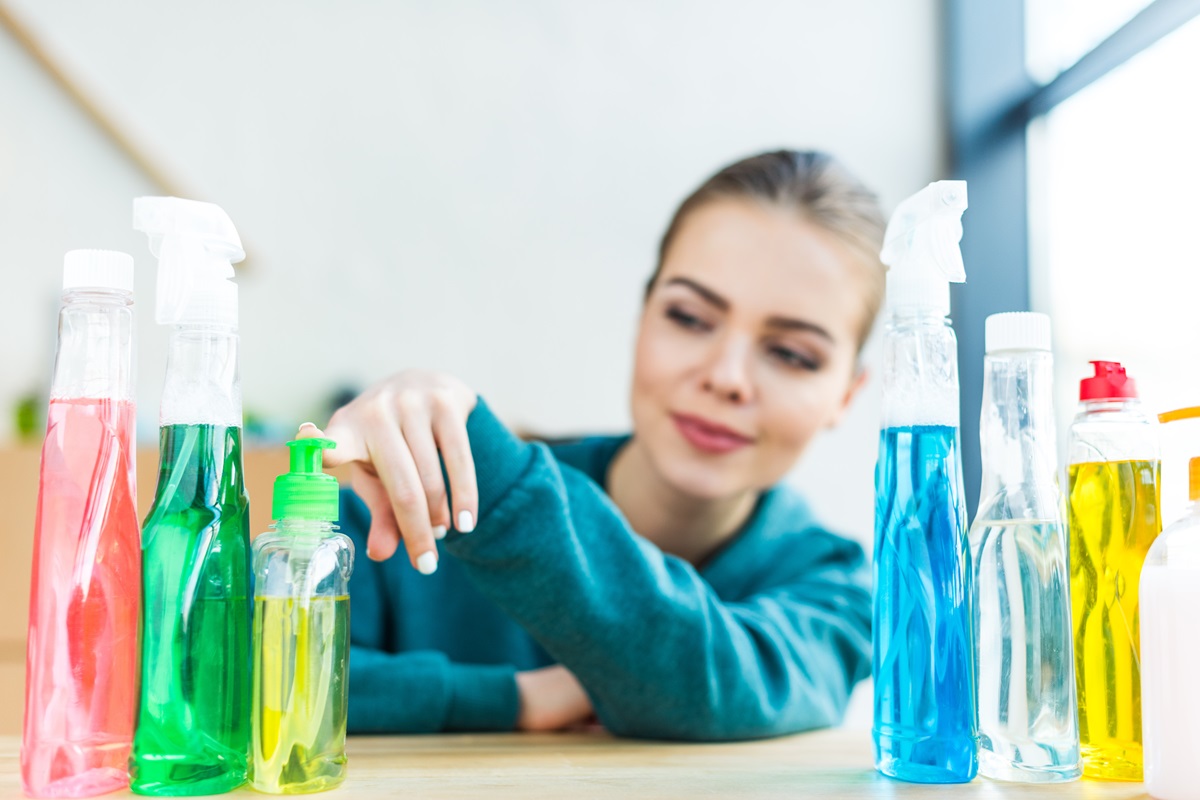
To effectively clean high-touch surfaces, you must identify essential areas requiring attention.
Once these locations are pinpointed, appropriate disinfectants and cleaners that meet safety and efficacy standards will be selected.
Additionally, consider eco-friendly options to minimize environmental impact while ensuring cleanliness.
Identify Essential High-Touch Areas
Identifying essential high-touch areas in your environment is crucial for selecting the right cleaning products to reduce the spread of germs and maintain hygiene effectively. Focus on entry points and frequently contacted surfaces, often made from various surface materials requiring specific cleaning approaches.
| High-Touch Area | Surface Material |
|---|---|
| Doorknobs | Metal, Plastic |
| Light Switches | Plastic, Glass |
| Kitchen Counters | Wood, Granite |
| Bathroom Faucets | Metal, Plastic |
| Remote Controls | Plastic |
Select Disinfectants and Cleaners
Choosing the right disinfectants and cleaners for high-touch surfaces guarantees effective germ reduction and maintains a hygienic environment.
Prioritize EPA-approved products, as these have been tested for disinfectant effectiveness against various pathogens. Always check the label for active ingredients; bleach and hydrogen peroxide are commonly effective options.
However, consider the safety of the cleaning product, especially if you have children or pets. Look for non-toxic formulations that deliver strong disinfecting power while minimizing health risks.
Additionally, ascertain proper usage by following the manufacturer’s instructions regarding contact time and dilution ratios. This diligent approach helps you achieve peak cleanliness while safeguarding your family’s health.
Check for Eco-Friendly Options
When selecting cleaning products, consider eco-friendly options that effectively eliminate germs while minimizing environmental impact.
Look for eco-friendly products that are biodegradable and free from harsh chemicals. These sustainable cleaning solutions maintain hygiene, protect indoor air quality, and reduce water pollution.
Check certification labels, such as Green Seal or EPA Safer Choice, indicating products meet strict environmental standards.
Additionally, consider making your cleaners using simple ingredients like vinegar, baking soda, and essential oils. This approach reduces waste and allows you to control the ingredients.
Develop a Cleaning Schedule
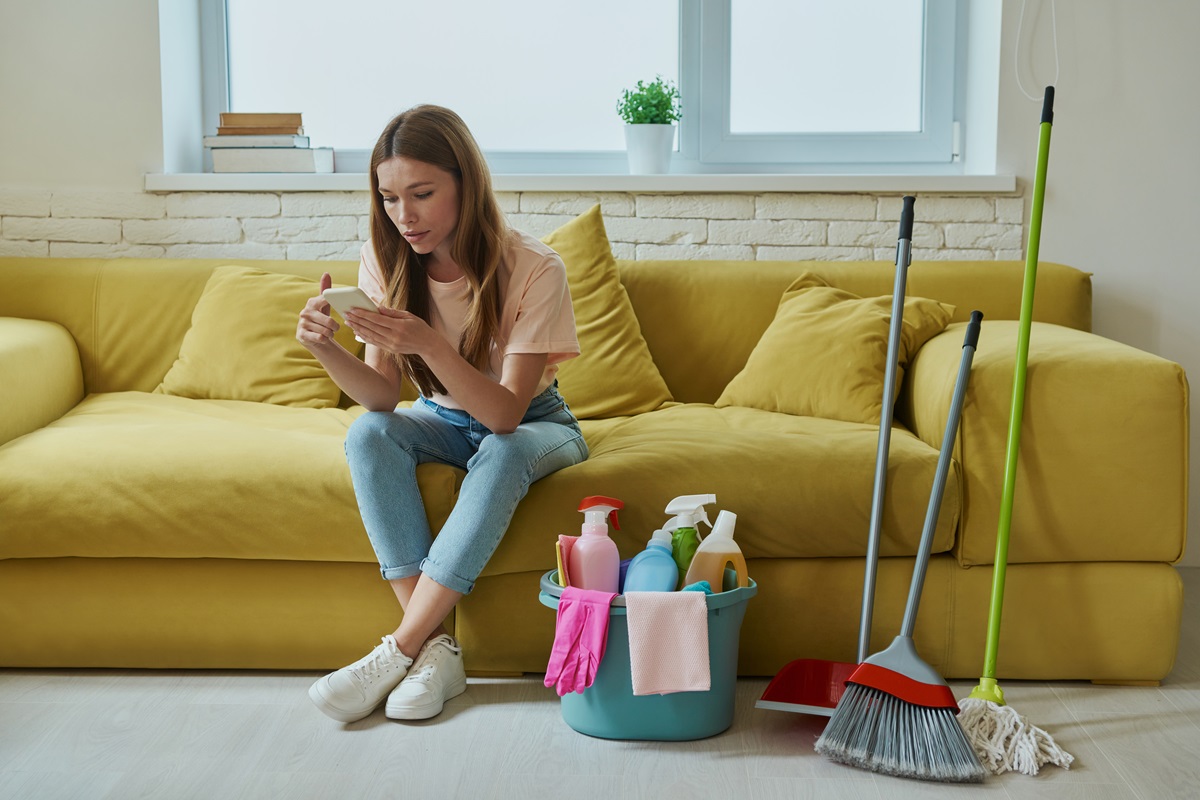
To maintain hygiene, you need a well-structured cleaning schedule that outlines how often to clean high-touch surfaces.
The frequency of cleaning will depend on usage and surface type, so you must tailor your approach accordingly.
Additionally, employing surface-specific techniques guarantees effective sanitation and reduces the risk of contamination.
Frequency of Cleaning
Establishing a regular cleaning schedule for high-touch surfaces is essential to minimize the spread of germs and maintain a safe environment. The cleaning frequency will depend on the surface’s usage and wear. Here’s a simple guide to help you determine how often to clean:
| Surface | Cleaning Frequency |
|---|---|
| Doorknobs | Daily |
| Light switches | Daily |
| Kitchen Countertops | Daily |
| Bathroom faucets | Daily |
| Remote controls | Weekly |
Surface-Specific Techniques
Cleaning high-touch surfaces effectively requires specific techniques tailored to each type of material and location.
Start by evaluating the surface textures; smooth surfaces like glass or metal can be cleaned with microfiber cloths and gentle cleaners, while textured surfaces, such as wood or fabric, may require specialized brushes or sponges.
Designate specific days for each surface type based on use frequency to maintain a consistent cleaning schedule. For example, kitchen counters should be cleaned daily, while bathroom fixtures can be addressed every few days.
Use appropriate cleaning tools that match the surface material to guarantee efficacy and prevent damage.
Don’t forget to regularly inspect and replace your cleaning tools to maintain their effectiveness in your cleaning routine.
Proper Cleaning Techniques
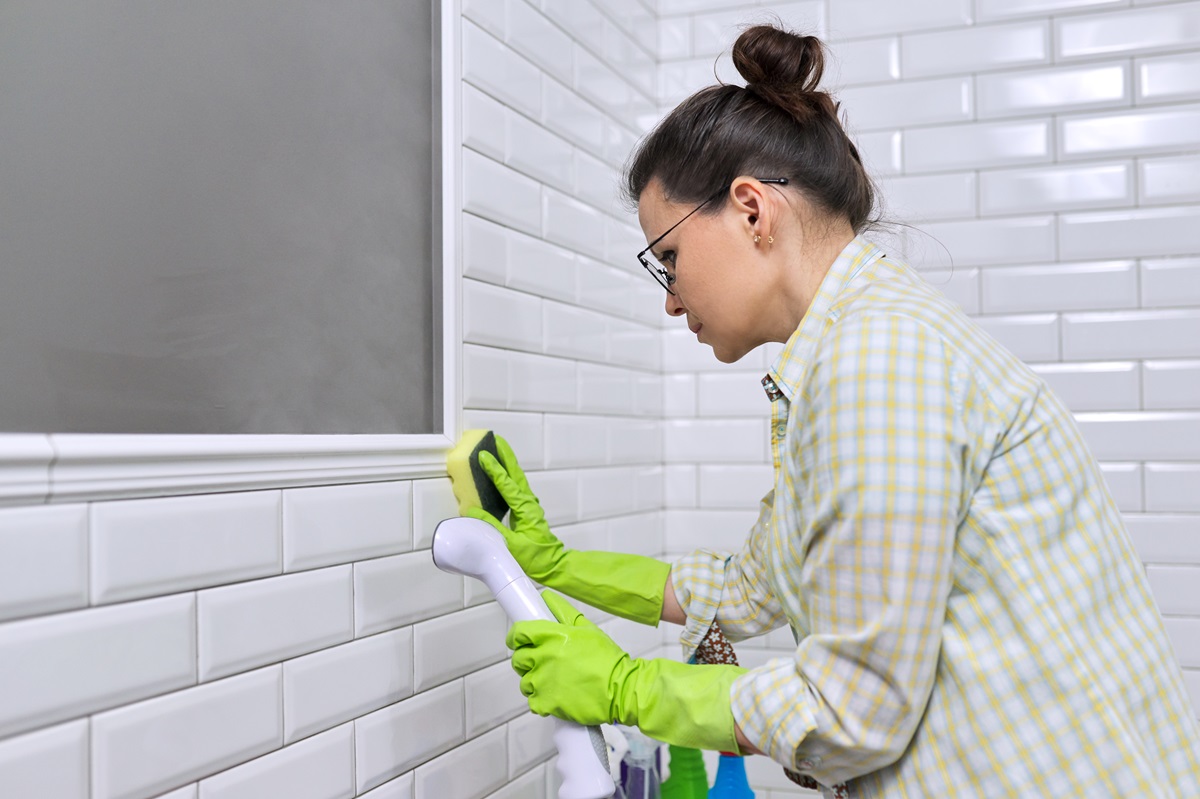
Using the right cleaning agents and techniques guarantees that high-touch surfaces remain sanitary and free from harmful pathogens.
Start by selecting appropriate cleaning tools, such as microfiber cloths and non-abrasive sponges, which trap dirt and grime.
For ideal results, use sanitation methods, including warm water mixed with a mild detergent or an all-purpose cleaner. Apply the solution to the surface and allow it to sit for a few minutes to break down contaminants.
Wipe the area thoroughly, ensuring you reach crevices and edges where germs often linger.
After cleaning, rinse your tools with hot water to prevent cross-contamination.
Regular maintenance using these methods helps create a healthier environment for you and your family.
Disinfecting Vs. Cleaning
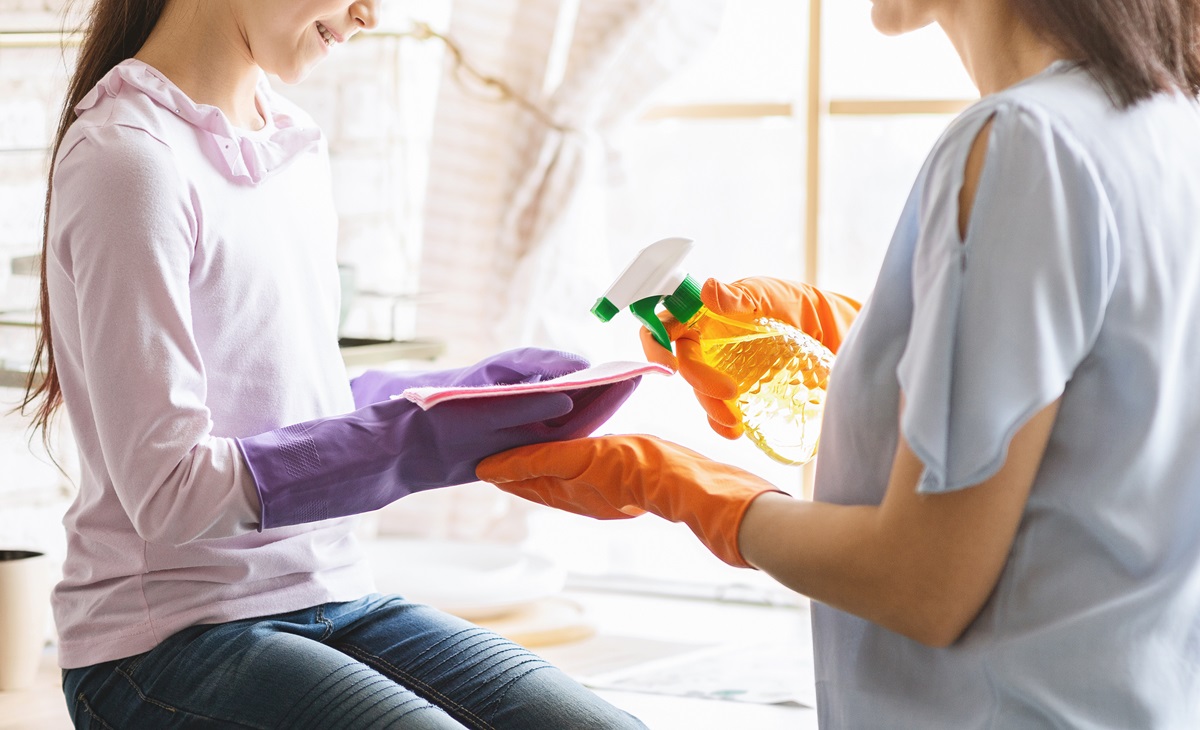
Understanding the difference between disinfecting and cleaning is vital for effectively maintaining high-touch surfaces and guaranteeing sanitary quality.
Cleaning involves removing dirt, grime, and impurities from surfaces using soap, water, or specialized cleaners. This process reduces the number of germs but doesn’t eliminate them.
Conversely, disinfecting methods specifically target germs, bacteria, and viruses, using chemical agents to kill pathogens on surfaces.
It’s important to clean before disinfecting; otherwise, disinfectants may not work as intended on unclean surfaces.
By integrating both approaches, you can ascertain that high-touch areas look clean and hygienically safe.
Prioritize both steps in your routine for maximum health and cleanliness.
Tips for Specific Surfaces
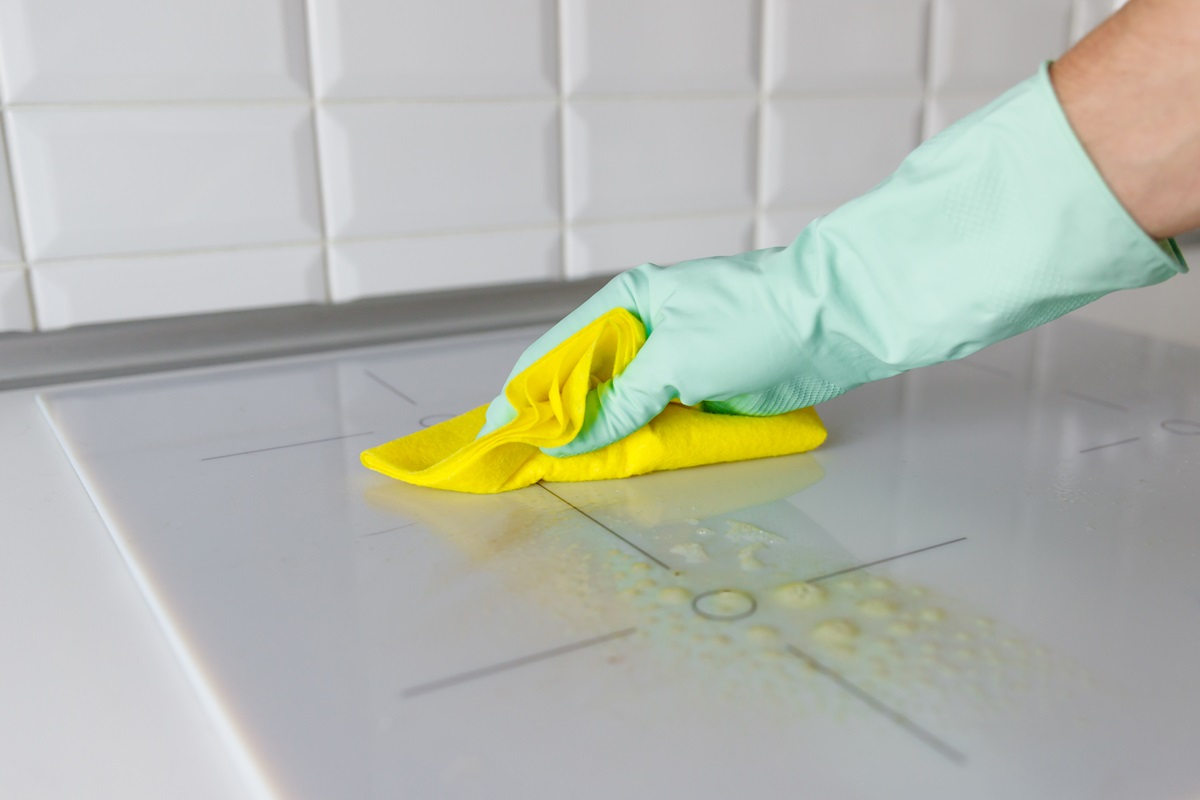
When tackling high-touch surfaces like doorknobs, light switches, and remote controls, it’s essential to use specific cleaning agents that effectively remove dirt and germs.
Here are some tips for cleaning specific surfaces:
- Kitchen Counters: Use a disinfectant spray suitable for food contact surfaces. Wipe down with a clean cloth to cover all areas, especially around the edges.
- Bathroom Faucets: Apply a vinegar-based cleaner or a disinfecting wipe. Pay attention to the handle and spout, as these areas collect bacteria.
- Remote Controls: Use a microfiber cloth dampened with an alcohol-based cleaner to eliminate hidden germs. Make sure you get into the crevices between buttons.
Regularly implementing these practices helps maintain a hygienic home environment.
Child and Pet Safety
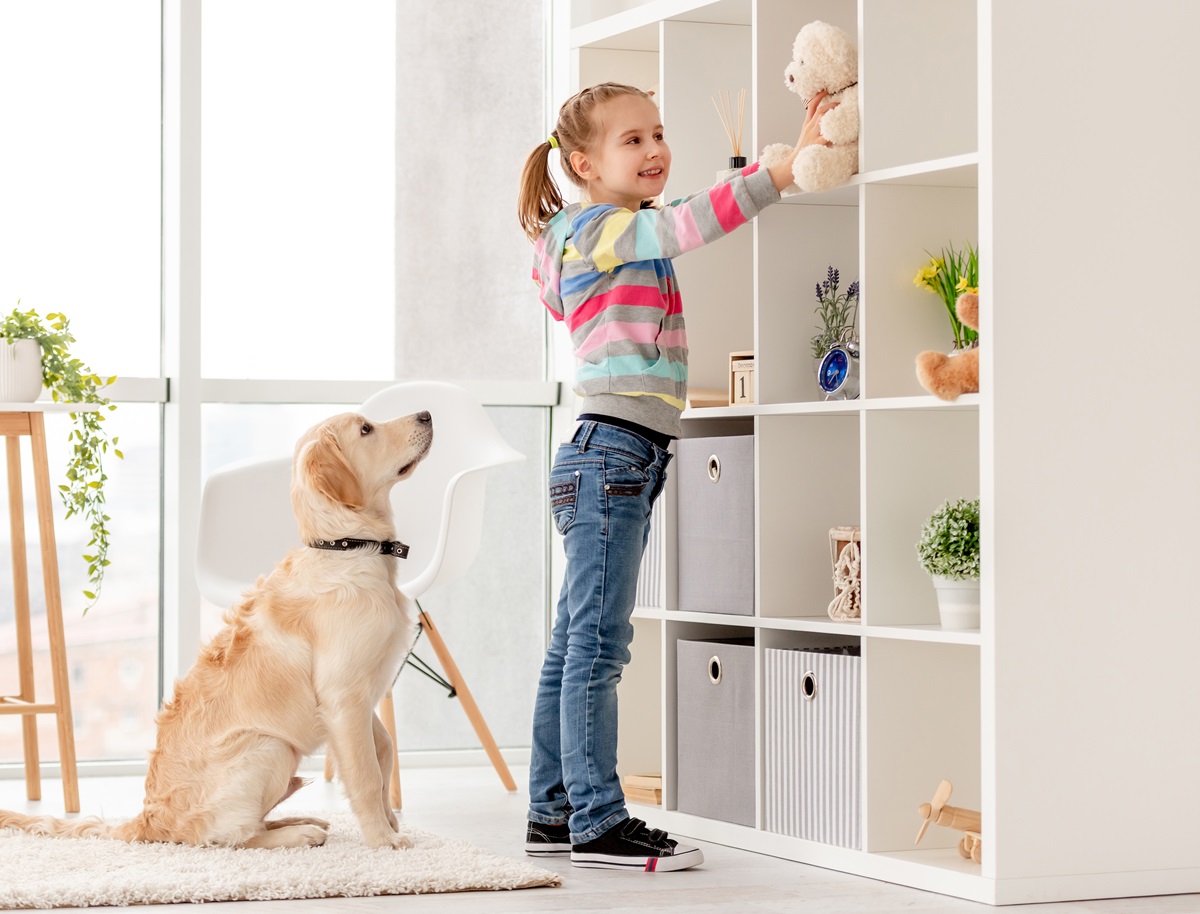
Ensuring child and pet safety during cleaning requires selecting non-toxic, hypoallergenic cleaning agents that effectively eliminate germs without posing health risks. Always read labels to confirm products are free from harmful chemicals like phthalates and VOCs.
When cleaning high-touch surfaces, avoid using strong disinfectants that could irritate sensitive skin or respiratory systems. Instead, opt for solutions made from natural ingredients like vinegar or baking soda.
Additionally, keep children and pets away from cleaning areas until surfaces are dehydrated to prevent accidental ingestion or contact with residues—store cleaning supplies in locked cabinets out of reach to further enhance child and pet safety.
Maintaining Surface Integrity
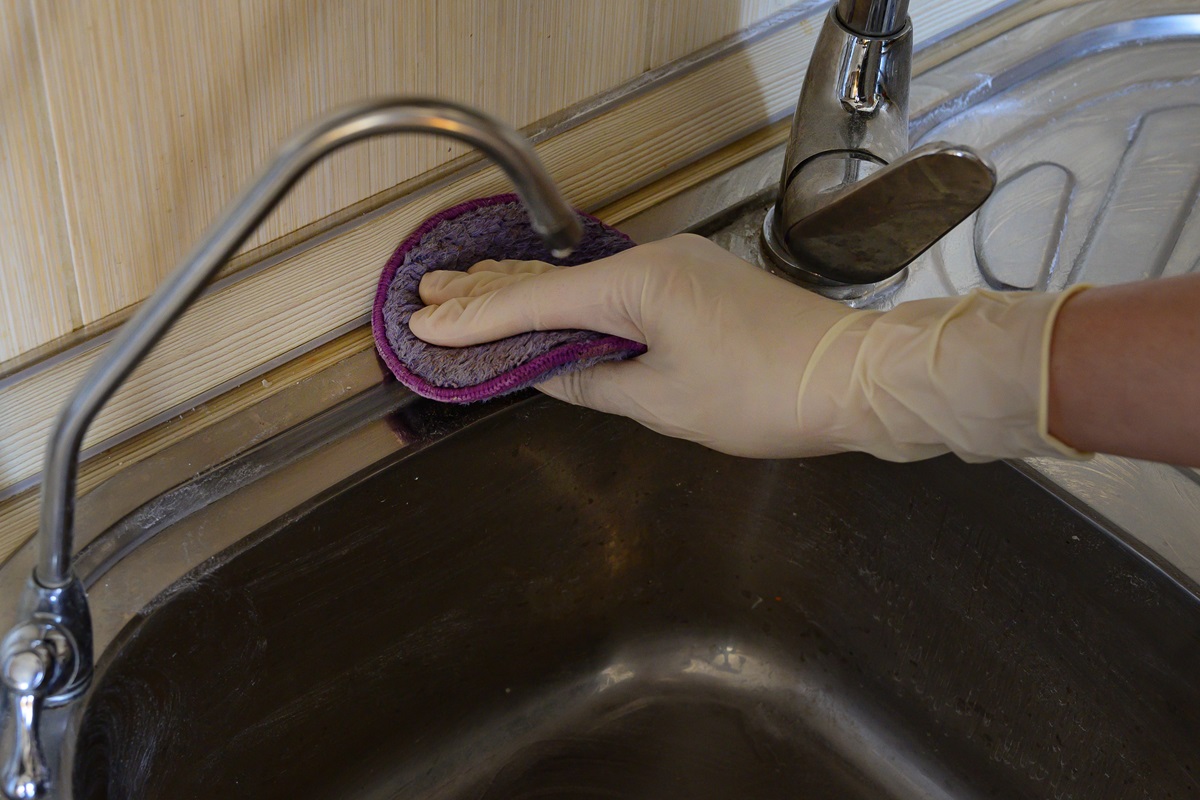
Selecting the right cleaning products protects children and pets and helps maintain the integrity of various surfaces.
To guarantee surface durability through effective preventive maintenance, consider the following:
- Use pH-balanced cleaners: These products minimize surface wear and tear, extending their lifespan.
- Avoid abrasive tools: Scrubbing pads or harsh solvents can scratch and damage finishes, leading to costly repairs.
- Follow recommended cleaning frequencies: Regularly scheduled cleanings prevent buildup and preserve the surface’s appearance and functionality.
Stay Informed on Best Practices
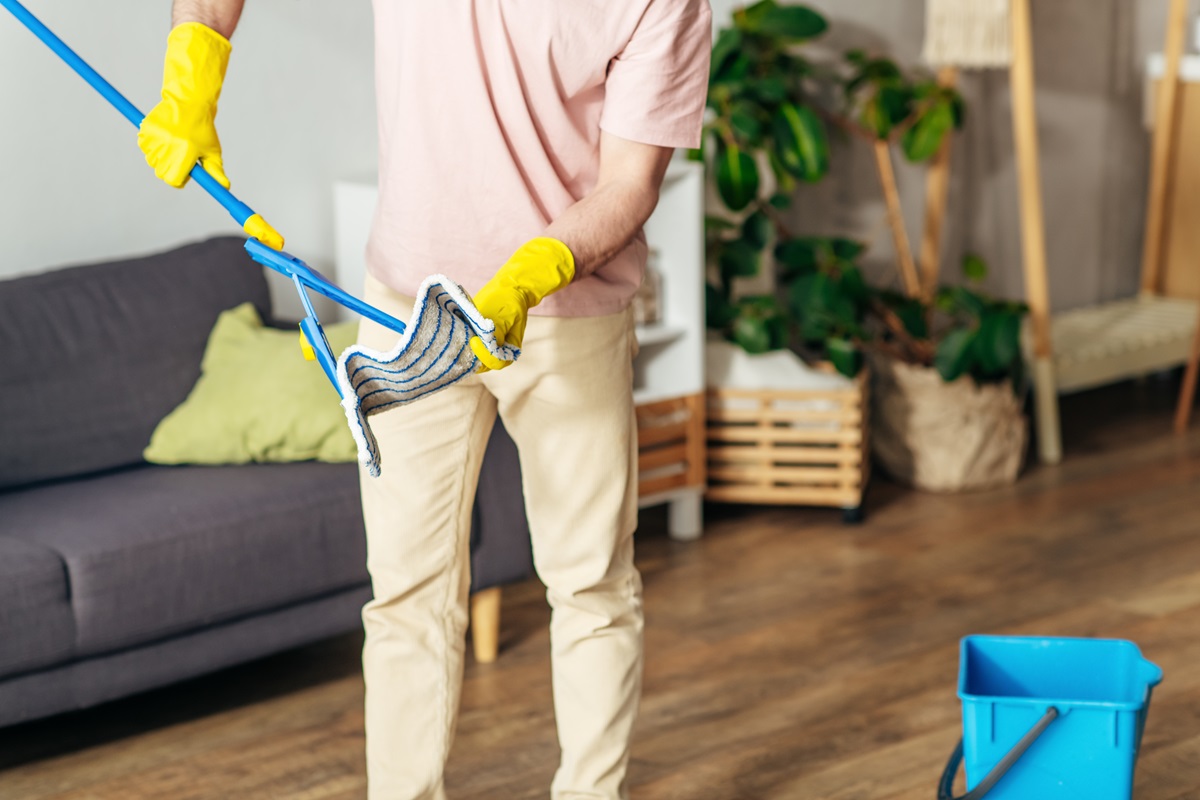
Staying updated on the latest cleaning methods and product recommendations guarantees using the most effective techniques for maintaining high-touch surfaces.
Current trends emphasize the importance of using disinfectants that meet EPA guidelines for efficacy against viruses and bacteria. Check reputable sources like the CDC and WHO for expert cleaning frequency and materials recommendations.
Adapting your routine based on emerging research and product innovations is crucial. For instance, high-touch surfaces like doorknobs and light switches may require different cleaning agents from those used on kitchen countertops.
By staying informed, you’ll guarantee that your cleaning practices align with best practices and enhance the health and safety of your home environment.
Always prioritize quality and proven effectiveness in your cleaning arsenal.
Frequently Asked Questions
How Often Should I Replace Cleaning Cloths and Sponges?
Depending on usage, replace cleaning cloths and sponges every one to two weeks. Microfiber materials resist bacteria longer, but regularly assess their condition to guarantee effective cleaning frequency and ideal hygiene in your home.
Can I Use Vinegar on All High-Touch Surfaces?
Vinegar can be used on many high-touch surfaces, but its effectiveness varies. Confirm surface compatibility first; avoid using it on natural stone or specific finishes, as it may cause damage or discoloration over time.
What Are the Best Practices for Cleaning Electronics?
Use microfiber cloths and gentle cleaners for electronics to clean electronic devices safely. Avoid excessive moisture and harsh chemicals, which can damage screens and internal components. Always follow the manufacturer’s guidelines for best practices.
How Do I Remove Stubborn Stains From High-Touch Surfaces?
To remove stubborn stains, you’ll want to use effective stain-removal techniques. Combine surface cleaning products with warm water, scrub gently, and rinse thoroughly. Always test on a small area first to guarantee compatibility.
Is It Safe to Use Bleach on High-Touch Surfaces?
Using bleach on high-touch surfaces can be safe, but it depends on the surface materials. To minimize risks associated with safety, always dilute bleach properly, avoid damaging delicate surfaces, and guarantee good ventilation.

